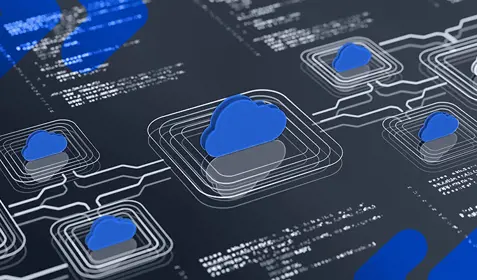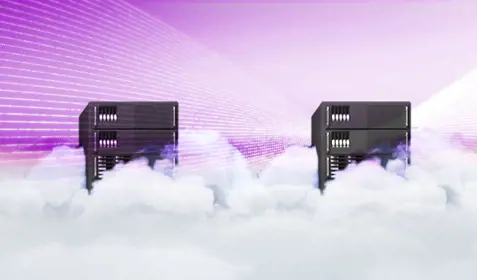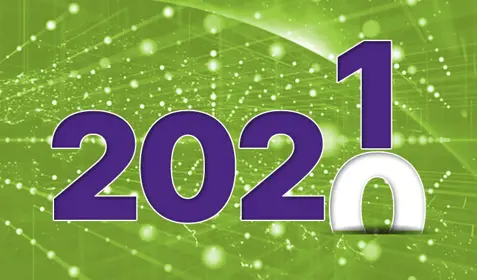According to the U.S. Forest Service, western states now face a “year-round fire season.” Large wildfires, once only a summertime risk, now cause destruction all year. And experts say that this phenomenon is directly linked to climate change and “only likely to increase unless we … reduce our activities that lead to further climate change.” Wider swaths of the western states will be impacted, meaning more fire damage, more frequently.
In fact, the area burned in wildfires has steadily increased over the past 25 years, according to the National Interagency Fire Center. What’s worse, of the 10 years with the largest acreage burned, “nine have occurred since 2000, including the peak year in 2015. This period coincides with many of the warmest years on record nationwide.”
Last fall, the Mendocino Complex Fire (the largest in California wildfire history) caused massive damage to homes and businesses in Ventura and Los Angeles Counties. And, nearly the entire town of Paradise, CA was lost to the Camp Fire in Butte County. Insured losses from that fire are currently estimated to reach $6 billion, according to a recent Moody's report. These tragic events stress the need for businesses to develop and implement a comprehensive IT disaster recovery (DR) plan.
Obviously, employee safety is the number one concern when it comes to fire readiness. The scope of business disaster preparedness is well beyond the scope of a single blog post. However, it is worth mentioning that the first step in creating any business disaster plan is to put measures in place to ensure employee well-being. This could include anything from installing a fire suppression system to implementing a communications plan to alert employees of dangerous conditions.
IT DR planning begins with data backup. The backup approach you take will depend on the specific needs of your business but taking regular backups of critical data is an absolute must. To be ready for disaster, it is also critical to make a secondary copy of data to be stored offsite. There are a variety of ways to accomplish this, ranging from backing up to tape and physically moving them offsite to replicating data to a secondary site or to the cloud. Some SMBs choose to outsource disaster recovery to a third-party service provider. This is commonly referred to as disaster recovery as a service or DRaaS.
Today, one popular approach is to deploy a backup appliance that takes automated image-based backups and copies server images to the cloud. This allows for fast operational recovery on the local appliance for typical primary server outages, while providing the ability to restore operations in the cloud in the event of a disaster. Carbonite Server VM Edition is one example of this type of solution.
These solutions have grown in popularity because they allow users to keep business operations online, even if primary servers are inaccessible or destroyed due to a fire (or any disaster). As you are probably aware, extended IT downtime can be devastating to a small to midsized business. For this reason, deploying a solution that reduces or eliminates downtime is highly recommended.
To learn more about how Carbonite can ensure business continuity in the event of a disaster, speak to one of our reps.










